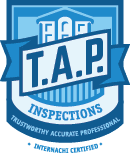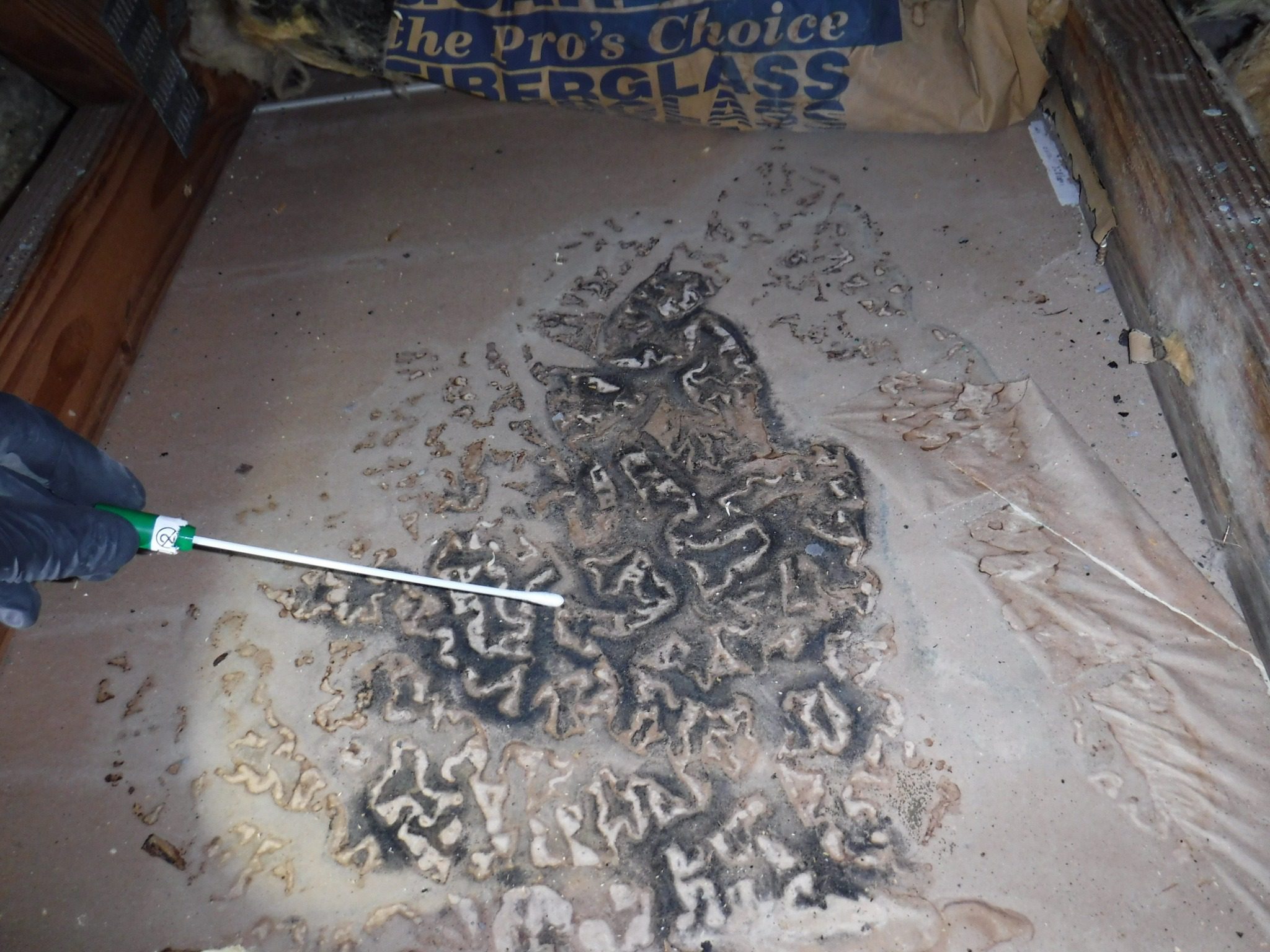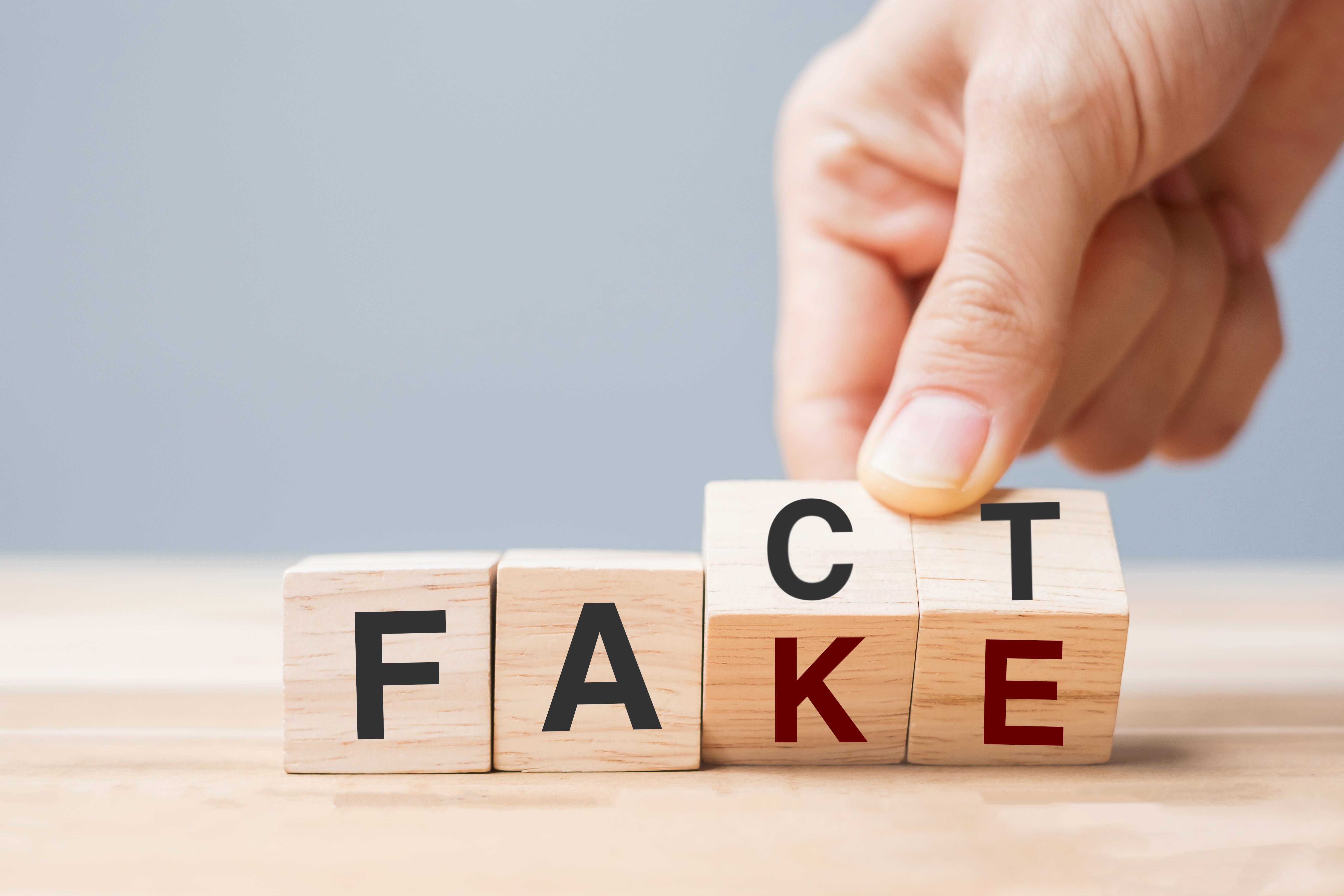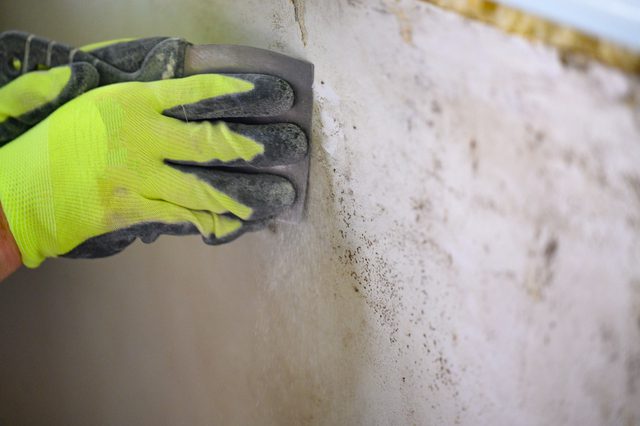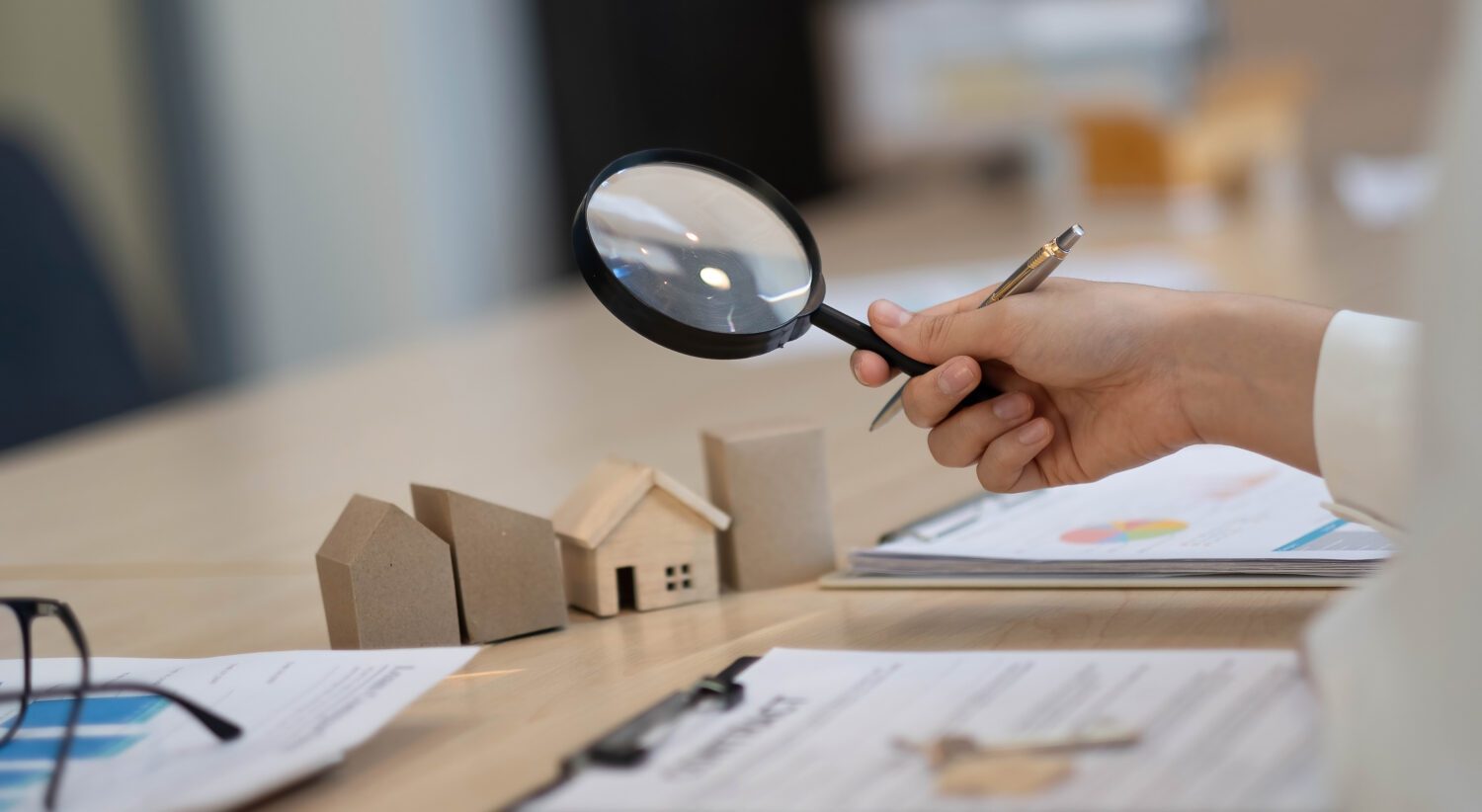Mold is a type of fungus that grows in damp and humid environments. It can cause a range of health problems, including allergic reactions, asthma attacks, and respiratory infections.
If you suspect that there is mold in your home or workplace, it’s important to take action immediately. Mold inspection and testing are two essential steps in the process of identifying and addressing mold problems.
Explanation of the Importance of Mold Inspection and Testing
Mold can easily grow undetected in areas that are not visible to the naked eye. This means that even if you don’t see any visible signs of mold, it could still be present in your home or workplace. A thorough mold inspection can help identify any potential sources of mold growth, including moisture problems such as water leaks or high humidity levels.
This information is crucial for developing an effective plan for remediation. Mold testing is another important step in the process of identifying and addressing mold problems.
There are several types of tests used for mold testing, including air sampling, surface sampling, and bulk sampling. These tests can help identify the type and quantity of mold present in a given area.
Brief Overview of the Differences Between Mold Inspection and Testing
While both mold inspection and testing are crucial steps in addressing potential mold problems, there are some key differences between the two processes. Mold inspection involves a visual examination of a space to identify any signs or sources of moisture or water damage that could lead to mold growth.
It also includes detection methods such as moisture meters or thermal imaging cameras to identify hidden sources of moisture. On the other hand, mold testing involves taking samples from various surfaces or air within an area to determine whether there is any active growth present.
These samples are then analyzed by a laboratory to determine what type(s) of molds are present and at what levels. By understanding these differences between mold inspection and testing, you can better determine which approach is best for your specific situation.
Mold Inspection
Definition and explanation of mold inspection
Mold inspection refers to the process of identifying and assessing mold growth within a building or home. During a mold inspection, a professional will examine areas prone to moisture, such as bathrooms, kitchens, laundry rooms, basements, and crawlspaces. With specialized equipment such as thermal imaging cameras or moisture meters, they can identify spots where moisture levels are high enough to allow mold growth.
The process involved in a mold inspection
The mold inspection process typically involves three main steps: visual examination of the property, moisture detection testing, and air quality testing.
Visual examination
During the visual examination step of the mold inspection process, the inspector will conduct a thorough examination of all rooms in the property. They will look for signs of visible growths and water damage on surfaces like walls and ceilings. Also search for any areas showing visible water intrusion signs.
Moisture detection
Moisture detection is an essential part of any successful mold inspection. The inspector will use specialized equipment such as thermal imaging cameras or moisture meters to identify spaces with high levels of humidity that could promote mold growth.
Air quality testing
If necessary during the inspection process, air quality testing may be performed within specific rooms in your home or building to determine if there are elevated levels of airborne molds present
Importance of a Mold Inspection
Mold inspections protect you from potential health hazards by identifying unhealthy levels of indoor molds before they become visible to your eye through physical symptoms like rashes or asthma attacks. An experienced inspector can provide you with detailed information about what causes molds indoors which can be solved through various methods like repairing leaks and improving ventilation systems.
Regular inspections help ensure that these solutions remain effective over time. A mold inspection also provides peace of mind for homeowners, landlords, and property buyers who want to ensure their homes are safe and free from mold growth.
Mold Testing
Mold testing is a process used to identify the type and concentration of mold present in a space. It involves taking samples of the air, surfaces, and materials within a building or home and analyzing them in a laboratory. The results of the tests are then compared to established standards to determine if remediation is necessary.
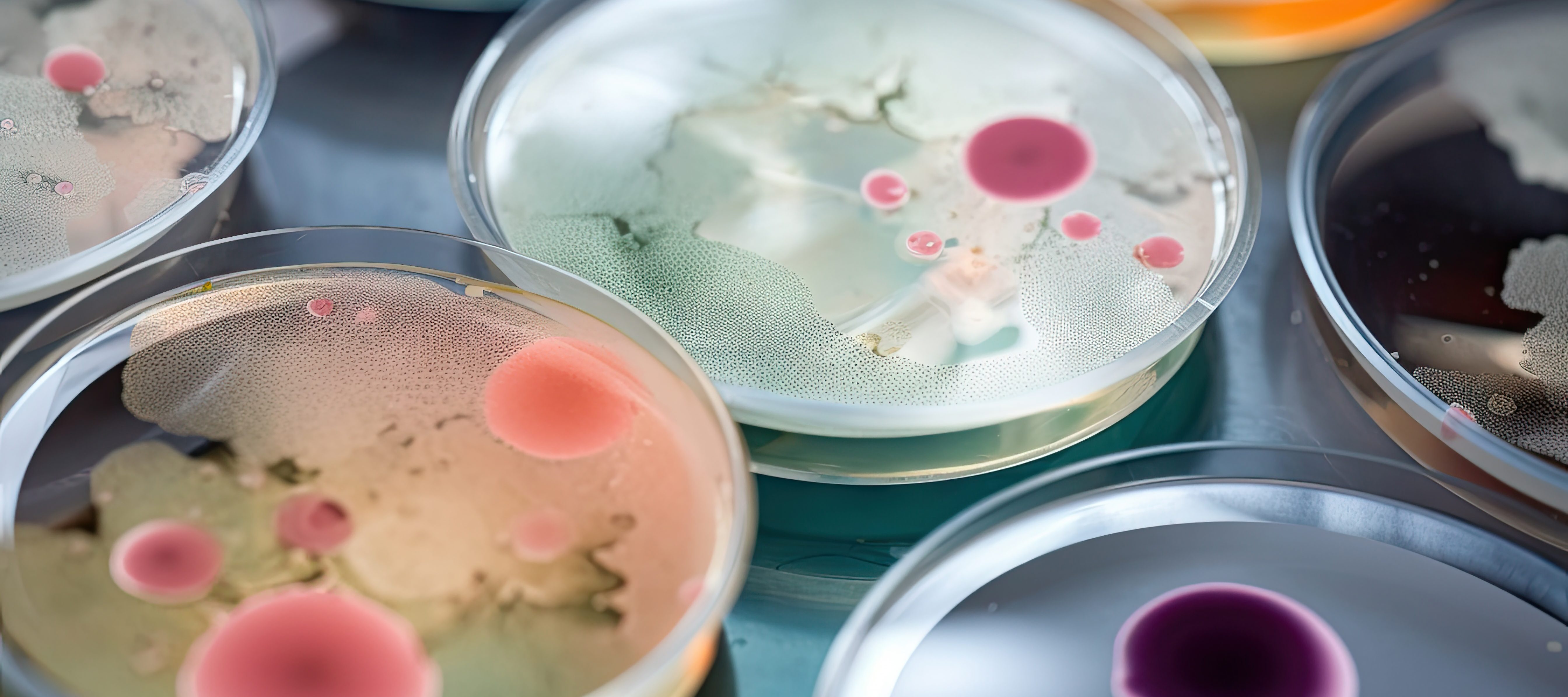
Types of tests used in mold testing
There are three primary types of tests used in mold testing: air sampling, surface sampling, and bulk sampling.
Air Sampling
Air sampling is perhaps the most common type of mold test. It involves collecting samples of air from different areas inside a building or home using specialized equipment. The collected samples are then analyzed for the presence and concentration of airborne mold spores.
Surface Sampling
Surface sampling involves collecting physical samples from surfaces within a building or home suspected to have fungal growth. These samples can include swabs or tape lifts collected from surfaces like walls, ceilings, floors, or furniture.
Bulk Sampling
Bulk sampling involves taking physical samples from materials like insulation, carpeting, drywall, or other porous materials believed to be harboring mold growth. These physical samples are then sent to a laboratory for analysis.
Importance of Mold Testing
Mold testing is essential for identifying the presence and extent of fungal growth within a building or home. By identifying the specific type and concentration level of molds present within an area, property owners can make informed decisions on remediation strategies that will ensure their living spaces remain safe and healthy environments for themselves and their families.
It’s important to note that while DIY mold test kits may be tempting due to their low cost, they often do not provide accurate results when compared with professional-grade testing methods. Therefore it’s highly recommended that people seek professional help when dealing with molds.
Differences between Mold Inspection and Mold Testing
Explanation on how they differ from each other
Mold inspection and mold testing are two different processes used to identify the presence of mold in a property. While both methods aim to detect mold, they approach the task differently. A mold inspection is a thorough visual examination of a property that involves searching for traces of mold, identifying the source of moisture, and assessing the overall condition of the property.
A professional inspector will use specialized tools such as moisture meters and thermal imaging cameras to identify areas that require further testing. On the other hand, mold testing is a process that involves taking samples from various surfaces or air in your home or building.
These samples are then analyzed in a laboratory to determine whether there is an active infestation of mold within your property. Mold tests can detect the type of mold present in your home, which can help you understand how best to address it.
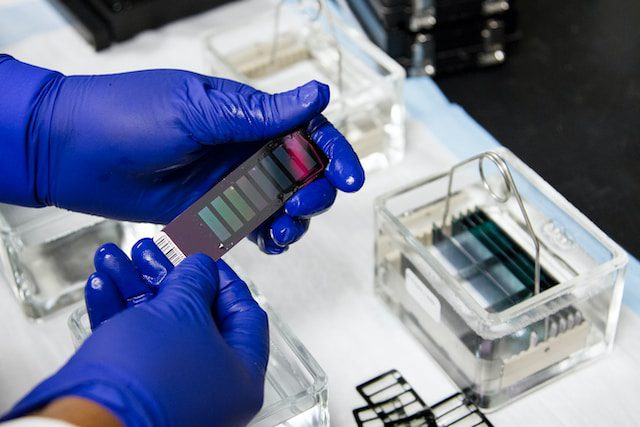
Benefits and limitations for each method
Mold inspection has several benefits over testing in that it provides more detailed information about where mold is growing, what types of molds are present, and what needs to be done to fix any problems. By contrast, while testing can help identify specific types of molds present in a property, it doesn’t provide detailed information about where those molds are located or their extent. One limitation associated with inspections is that they may not always detect all forms of hidden molds if they’re not visible during an inspection.
On the other hand, some limitations associated with testing include unclear results due to incorrect sampling techniques or conditions outside your control like weather or even seasonality. Overall both methods have their own set of benefits and drawbacks; therefore selecting which method would depend on factors such as cost-effectiveness, urgency for addressing potential health risks related to exposure to certain types or levels of molds found at properties!
Conclusion:
The existence of molds in our homes and workplaces is a serious issue that can pose health risks if not treated properly. Mold inspection and testing are the most effective ways of identifying the potential problem areas. Both methods have unique benefits, limitations, and purposes, so it’s essential to know which one to use in different situations.
Summary on the differences between Mold Inspection and Mold Testing:
Mold inspection is an assessment performed by an experienced professional to determine if there are any signs of mold growth or moisture issues that could lead to mold growth. Whereas, mold testing involves taking samples from areas where mold growth is suspected, then analyzing those samples for bacterial or fungal growth.
Advice on when to use each method:
If you suspect that your home or office has a mold problem but can’t locate it yourself, then you should go for a mold inspection. A professional inspector will perform visual examinations and find hidden spots where molds thrive. However, if you already know the location of the mold growth and want to identify its type or measure the air quality surrounding it, then performing a mold test would be more appropriate.
Importance of seeking professional help when dealing with molds:
Mold infestations pose significant health risks that should not be taken lightly. Although homeowners may be tempted to tackle this problem themselves using home remedies or DIY techniques found online, they may not do the job effectively nor address all hidden spots around their premises; thus creating more problems such as structural damages and respiratory illnesses. It’s important always to seek help from professional inspectors who have experience in dealing with different types of molds.
Knowing how to differentiate between a mold inspection and a mold test is crucial in ensuring that your home or office remains safe from potential health hazards caused by mold infestations. Remember always to seek professional help when you suspect that molds are present in your home or office and never hesitate to contact a reputable mold inspection and testing company for a thorough assessment of your property.
